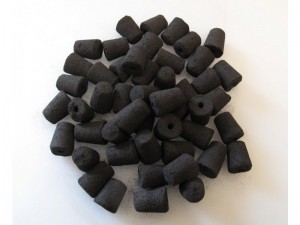The Shānghán lùn 傷寒論, known as the treatise on cold injury or cold damage disorders, is a Chinese medical text compiled by Zhang Zhongjing 张仲景 around the end of the Han dynasty period. It is one the oldest completed medical books in the world. The Shānghán lùn has 398 chapters, 113 herbal prescriptions, and is organized by the six stages of disease.
Tai Yang 太陽, Greater Yang • A milder stage with external symptoms of chills, fever, stiffness, and headache.
Therapeutic Principle: Promote Sweating.
Yang Ming 陽明, Yang Brightness • A more severe internal excess yang condition presenting as fever without chills, distended abdomen, and constipation.
Therapeutic Principle: Cooling and Eliminating.
Shao Yang 少陽, Lesser Yang • A Shao Yang type person are most young adults in their prime, a medium body type that bounces back from extremes. Pathogenic factor is half outside, half inside; Half excess, half deficiency, presenting as chest discomfort, and alternating chills and fever.
Therapeutic Principle: Harmonizing.
Tai Yin 太陰, Greater Yin • A Tai Yin type person lacks tone, has flacid tissues, is pale, puffy, bigger on bottom than top, there is deficiency of Spleen Yang effecting proper digestion leading to overall dampness. Presents with chills, and distended abdomen with occasional pain.
Therapeutic Principle: Warming and Supplementing.
Shao Yin 少陰, Lesser Yin • A Shao Yin type person has not much muscle, flat chest, narrow hips. There is a deficiency of Yin (which controls Yang) resulting in Yin fire effulgence. Presents with weak pulse, anxiety, drowsiness, diarrhea, chills, and cold extremities.
Therapeutic Principle: Warming and Supplementing.
Jue Yin 厥陰, Absolute Yin • Presents with signs of thirst, difficult urination, and physical collapse.
Therapeutic Principle: Warming and Supplementing.

